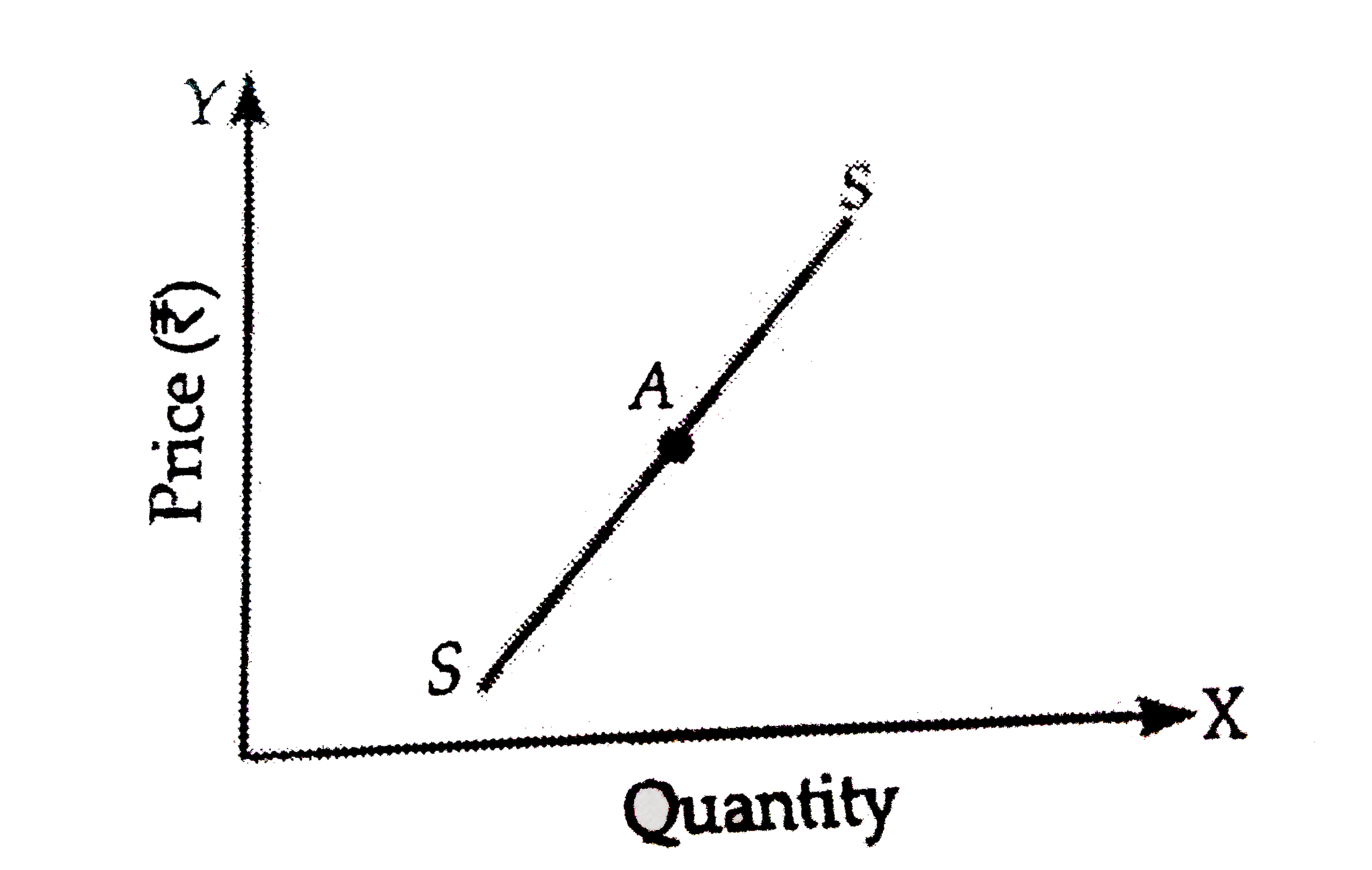A geostationary staellite S is stationed above a point P on equator. A particle is fired from S directly towards P.
With resoect to the the axis of rotation of the earth, P and S have the same angular velocity but different linear velocities.
The particle will hit P.
The particle will hit the equator east of P.
The particle will hit the equator west of P.
The correct Answer is:a, c
Step by step video, text & image solution for A geostationary staellite S is stationed above a point P on equator. A particle is fired from S directly towards P. by Physics experts to help you in doubts & scoring excellent marks in Class 12 exams.
Topper's Solved these Questions
Similar Questions
Knowledge Check
- Question 1 - Select One
STATEMENT-1: A geostationary satellite must be located in the equatorial plane, i.e, at some point vertically above the equator.
STATEMENT-1: The only external force acting on an earth satellite is direted towards the centre of the earth.AStatement-1 is True, Statement-2 is True, Statement-2 is a correct explanation, for Statement-1.BStatement-1 is True, Statement-2 is True, Statement-2 is not a correct explanation for Statement-1.CStatement-1 is True, Statement-2 is False.DStatement-1 is a False, Statement-2 is True. - Question 2 - Select One
A particle is projected from ground at some angle with the horizontal. Let P be the point at maximum height H. At what height above the point P should the particle be aimed to have equal to maximum height ?
AHB2 HCH//2D3 H - Question 3 - Select One
A large rectangular box moves vertically downward with an acceleration a. A toy gun fixed at A and aimed towards C fires a particle P.
 AP will hit C if a=gBP will hit the roof BC, if a>gCP will hit the CD if a<gDMay be either (a), (b) or (c) depending on the speed of projection of P.
AP will hit C if a=gBP will hit the roof BC, if a>gCP will hit the CD if a<gDMay be either (a), (b) or (c) depending on the speed of projection of P.
P,Q,R and S are the points in a vertical line. It is given that PQ=QR=RS. A particle is released from rest from the point P. particle takes time tPQ,tQR and tRS to cover three equal distance, respectively. Find ratio tPQ:tQR:tRS
View SolutionA person wants to go from station P to station R via station Q. There are 4 routes from P to Q and 5 routes from Q to R. In how many ways can he travel from P to R ?
View SolutionA particle P is to be projected from a fixed point A on the ground with a fixed speed u. Another particle Q is also to be projected from a point B which is directly above the point A. The trajectory of the particle Q touches all possible trajectories (for different angle of projection) of the particle P in the vertical x−y plane. Find the equation of trajectory of the particle Q. (Take the point A as origin, horizontal axis x− axis and vertical axis y−axis Consider the figure.)
 View Solution
View SolutionA particle P of charge q and m , is placed at a point in gravity free to move. Another particle Q, of same charge and mass , is projected from a distance r from P with an initial speed v0 towards P , initial the distance between P and Q decreases and then increases.
The potential energy of the system of particles P and Q, at closest separation isView SolutionP.es at point A in the adjacent diagram:
 View Solution
View Solution

